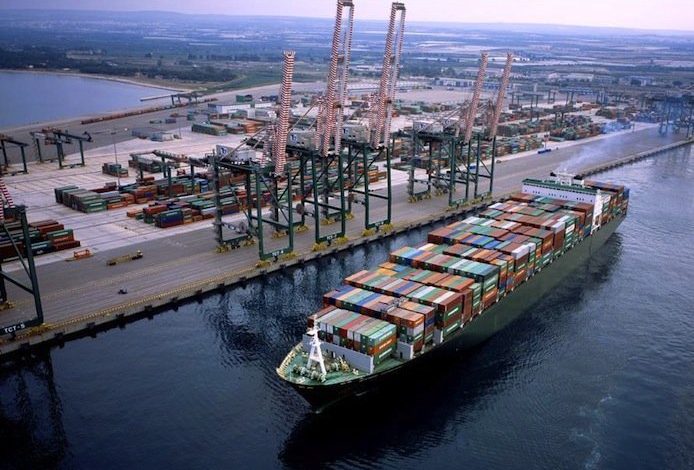Shippers can take advantage of BAF variation

Lars Jensen from SeaIntelligence Consulting explains how savvy clients can game sulphur cap surcharges.
With the low sulphur rules being just over half a year away – and the actual physical switchover slightly less than that – the carriers continue to strive to implement their new bunker surcharges into contracts. And, yes, some have new names and acronyms for the low sulphur surcharge, but for simplicity, I will call it BAF in this article.
First of all, let’s be clear that if the fuel prices increase as expected there is no way the carriers can absorb the added cost. This has to be passed onto the shippers.
Secondly, let’s be equally clear – the shippers are most certainly able to pay the added price. If fuel prices increase by $200 per ton, which is the current expectation, this would simply bring the price back to the level we saw in 2011-2014. In 2011-2014, freight rates were generally higher than now, and hence shippers did indeed pay the higher cost of fuel without their businesses suffering as a result. The only thing which has happened since is that fuel prices have declined, and the associated savings have been passed onto the shippers in the form of lower freight rates.
Thirdly, the BAF formulas proposed by the carriers are clearly more transparent than the ones being used in 2011-2014 – but that is perhaps scant comfort as transparency was almost nil back then. But at least it is clear that the BAF changes are directly correlated with the changes in fuel prices.
And herein lies an opportunity for the risk-savvy shipper.
Even though the carriers’ formulas are directly linked to the fuel price change – the sensitivity is not the same. Some rise (and fall) faster than others. As an example, when the oil price increases by $100 a ton, MSC’s BAF on Asia to Europe increase by $62 per teu. But the same fuel price increase would only result in a BAF increase of $39 per teu with Hapag-Lloyd.
All carriers have different sensitivities. And it varies from tradelane to tradelane who is more or less sensitive.
A shipper could therefore design a strategy whereby they would have a certain amount of volume they would be ready to shift between carriers as the oil price changes. When the oil price increases, they could shift more volume to the carriers with low sensitivity, thereby seeing more modest BAF increases. When the oil price drops, they could shift more volume to the carriers with high sensitivity and thereby see a larger drop in all-in rate levels.
The figure shows a practical example using MSC and Hapag-Lloyd for cargo from Asia to North Europe. A shipper agrees a contract with both carriers when the oil price is at $500 per ton. At this point the shipper agrees a base rate with each carrier leading to an identical all-in rate for the two carriers. In the baseline each carrier gets 50% of the cargo. However, the shipper could also choose to give only 33% to each carrier. The remaining 33% would go to Hapag-Lloyd if the oil price increases and to MSC if the oil price decreases. This leads to a net saving for the shipper compared to the fixed 50/50 split by utilising the difference in BAF sensitivity. This of course assumes the underlying base rate agreed is kept fixed.
All it requires for a shipper to pursue such a strategy is to develop an internal BAF risk management tool to quantify the exposure to BAF sensitivity across tradelanes, as well as a willingness, and ability, to shift a certain portion of the cargo between carriers.
For the carriers, this poses a clear threat to their pricing strategies. If they were to mitigate this effect while maintaining their BAF formulas, they would create a de facto leak between the BAF and the base rate, undermining the use of BAF as a hedging tool (also a problem they had before 2014). Alternatively, they would have to hold all their shippers perfectly to the agreed volume commitments – both upwards and downwards and split by tradelane, something which they have never had much success in doing in the past. New tools such as NYSHEX provide for such mutual commitments, but this would require a shift from the traditional contracts to the new type of binding two-way commitments.
All in all, realistically this means that until the market settles post-2020, shippers clearly have an opportunity to use the spread in BAF sensitivity to their own advantage.
This article first appeared in Maritime CEO magazine. Splash readers can access the full magazine for free online by clicking here.
